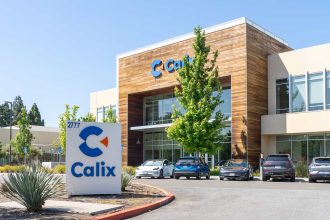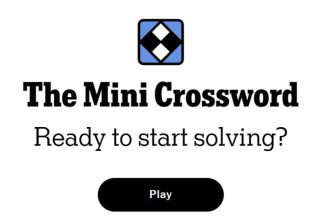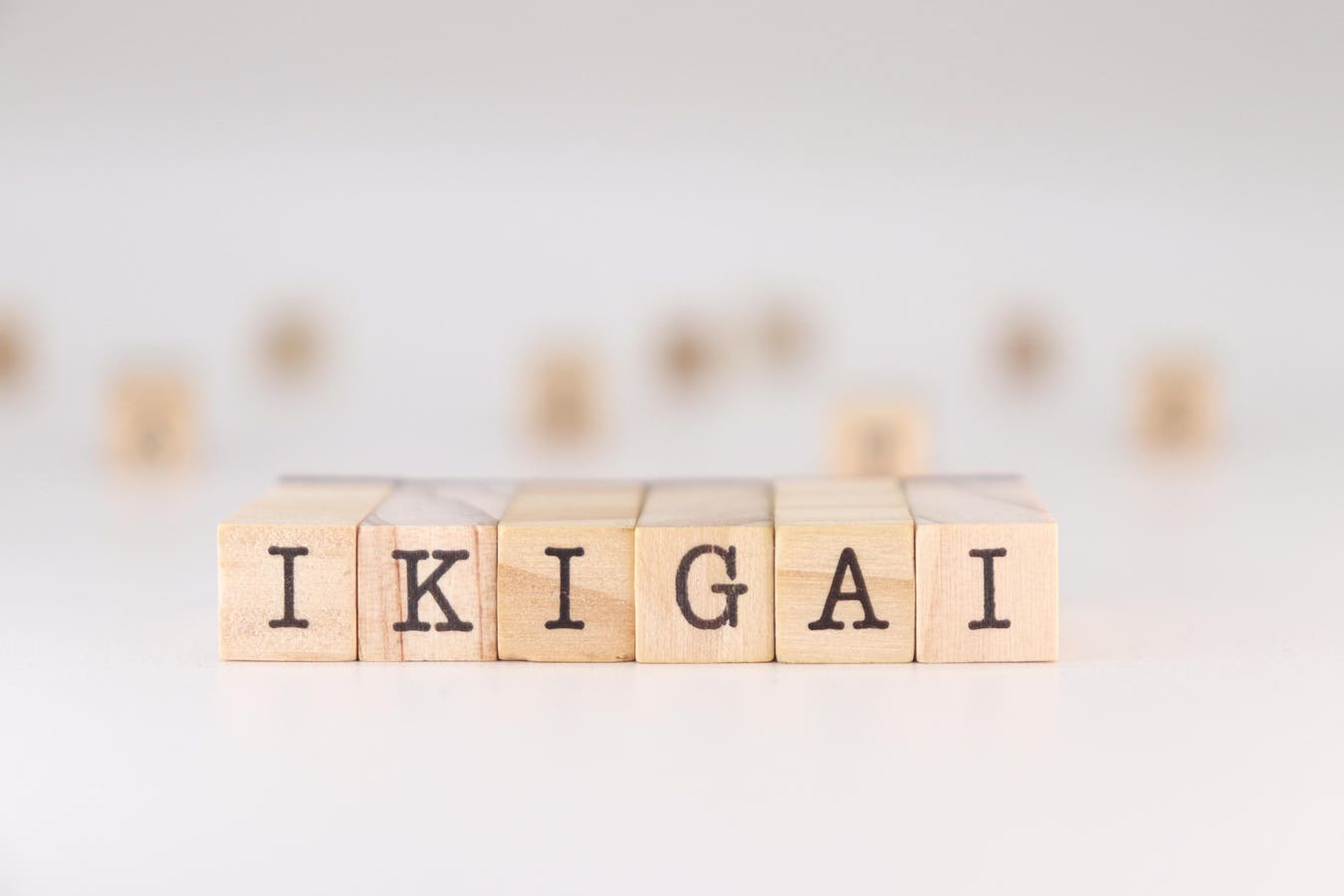We all need a reason to get up in the morning.
Ikigai is the term the Japanese created centuries ago to describe the idea of a meaningful life.
What is Ikigai?
In Japanese, “iki” means to live; “gai” means the value that you expect to realize. Combining the two, ikigai refers to a purpose to live.
Dan Soha is a good example of someone who lives with an Ikigai. He feels so strongly about the idea that he named his Japanese-inspired kaiseki restaurant Ikigai, which opened in New York in July 2024.
Ikigai is a unique restaurant. It is a not-for-profit organization, which is highly unusual for a restaurant. Beyond covering the fundamental costs of running a business, all proceeds from the operations are donated to a food bank. 121 days after the opening, Ikigai donated over $17,000, which funds 87 tons of food.
“It has been my dream to open this restaurant for 15 years,” says Soha.
Before becoming a restaurant owner, Soha was a successful serial entrepreneur in the IT industry based in San Francisco.
“I worked 16 hours a day with no weekend for years. Over time, I started to carry a sense of ‘emptiness’ in me,” he says.
In his hectic life, Soha often traveled to Japan and found the local culture fascinating. Also, growing up in the Bay Area, the ingredient-driven nature of Japanese food felt familiar and comforting to Soha. That is why he decided to open a kaiseki-style restaurant to share these feelings with others.
Soha eventually sold all his business and opened the Ikigai restaurant. He owns the building and compensates his staff well but does not pay himself at all. The entire profit is donated to a food bank called Rescuing Leftover Cuisine.
Why a food bank?
“My parents are immigrants from Morocco and Israel and I don’t recall any financial hardship in my childhood. Years later, when I learned that they struggled to put food on the table, I promised myself to work on rescuing people from hunger,” says Soha.
What makes the restaurant Ikigai popular and enables sizable donations possible is the original menu by chef Rafal Maslankiewicz. With his impressive culinary training at top restaurants under his belt, such as Masa and Eleven Madison Park in New York, he offers creative dishes inspired by Japanese traditions.
The kaiseki-style multicourse menu at $185 features flavors of seasonal ingredients, such as a quail egg surrounded by Hokkaido uni and husk cherry on a toasted disc of brioche. Okinawan purple potato with black garlic, red cabbage and popped quinoa features the heirloom potato’s deep flavor with the refreshing acidity of the pickled cabbage, which showcases Maslankiewicz’s Polish background.
To symbolize the mindset underlying the restaurant, the first few courses are served in the tea garden, including Japanese-style fluffy milk bread with miso butter sprinkled with crunchy buckwheat. These initial 30 minutes in the serene environment are for recognizing the precious moments that you are living right now.
How does Maslankiewicz feel about working as a chef at a not-for-profit restaurant?
“I had been looking for a charitable project for a while, so I am lucky to be here. Adding the aspect of helping people to my job gives me a lot of energy to serve our guests. I have Ikigai in this kitchen.”
The True Definition Of Ikigai
The restaurant seems to reflect Soha’s life with purpose.
Then, what exactly is Ikigai to Soha?
“The term Ikigai has become popular these days. In the Western culture, we tend to see everything analytically and Ikigai is often defined with a Venn diagram,” he says. “But to me, the idea of Ikigai is much simpler.”
The Ikigai Venn diagram in many literature consists of multiple elements, such as what you love, what the world needs, what you are good at and what you can be paid for. What fulfills all these elements should be your Ikigai, according to the diagram.
On the other hand, the original Japanese idea of Ikigai is more intuitive and straightforward.
For instance, according to the 2021 survey by Mitsubishi UFJ Trust and Banking Corporation, 1,448 respondents between age 35 and 74 were asked what their Ikigai was. The top five were 1) hobby, 2) marriage life, 3) family life, 4) time to spend freely by myself and 5) job.
Another example of Ikigai can be found in the 1956 Kurosawa film “Ikiru” (to live). The main character who had spent years apathetically at a local government office found he had terminal cancer and decided to make his final days meaningful. It is inspiring to see how he got reinvigorated and felt alive with the new and last Ikigai in his life.
The Venn diagram may be a great brainstorming tool to visualize what is in your thoughts. But you may overlook what is really important to you through too much rational analysis.
Soha says, “When I started this restaurant, I was overwhelmed by numerous unexpected challenges. I told my wife, ‘Did I make a mistake?’ and she said right away, ‘I know you would regret it if you didn’t do this.’ She was right. What I cannot ‘not do’ is my definition of Ikigai.”
Soha just had a baby girl. “I got another Ikigai. I would like to be the father my daughter is truly proud of.”
Yes, you can have multiple Ikigai too.
Read the full article here





